
Patios, Walkways & Driveways
We unite suppliers and green industry professionals worldwide
Immature soybeans (edamame, Glycine max) are a popular legume crop grown in East Asian countries, and it is a nutritious plant.
By Victor Miller
|Published on September 05, 2025


Immature soybeans (edamame, Glycine max) are a popular legume crop grown in East Asian countries, and it is a nutritious plant. Edamame has been a staple in Japanese, Chinese, and Korean cuisines and is increasingly finding its way to the international markets because it is healthy as well as a delicious ingredient in salads, stir-fries, and soups.
Edamame or immature soybean ( Glycine max ) is a highly nutritious, popularly grown legume of countries belonging to East Asia. Edamame has a long history in the Japanese, Chinese, and Korean cuisines and is quickly becoming a superfood across the world as an appealing, nutritious snack or add-on to salads, stir-fries, and soups.
| Scientific Name | Glycine max |
| Common Name | Edamame, Vegetable Soybean |
| Family | Fabaceae |
| Genus | Glycine |
| Species | Glycine max |
| Cultivars | Some popular cultivars of Edamame include ‘Midori Giant,’ ‘Butterfly,’ and ‘Shirofumi.’ |

September 18, 2025
10 minute read
September 17, 2025
9 minute read
September 17, 2025
20 minute read
September 17, 2025
20 minute read


Join as a seller and connect with thousands of B2B buyers nationwide!
Sign Up
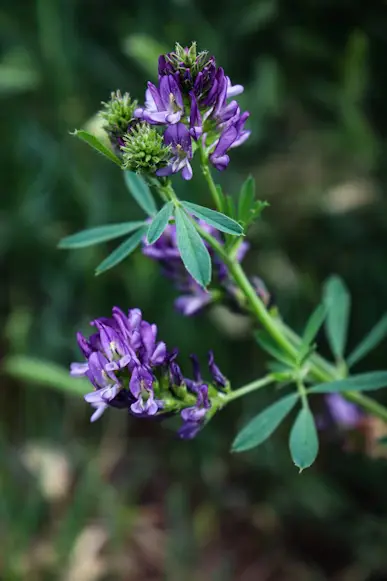
Alfalfa
Alfalfa is one of the most valuable and versatile forage crops grown around the world. Known for its resilience, fast growth, and deep root system, this hardy perennial is a favorite among farmers, gardeners, and even home sprout growers.
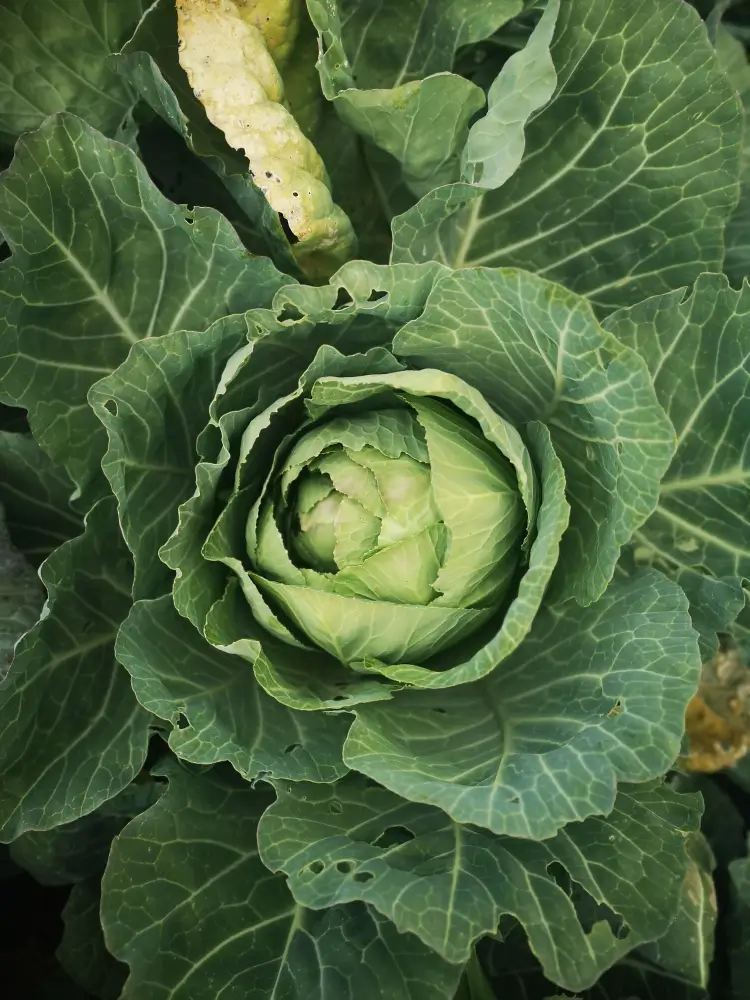
Cabbage
Cabbage (Brassica oleracea) is a member of the family Cruciferae, and it is considered one of the most widespread vegetables that is cultivated worldwide. Cabbage is a universal kitchen component. It has a hearty taste, large number of health advantages,
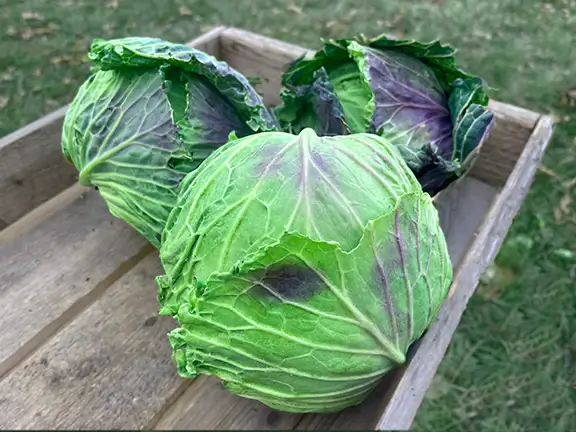
January King Cabbage
January King cabbage is one of the winter vegetables with stunning tastes and wonderful cooking uses in the kitchen.

Cabbage Napa
Also known as the Chinese cabbage, Cabbage Napa is a long leafy vegetable which is also tender and trending centuries back to Asian cooking. These pale green leaves and crisp white stalks provide a mild, delicate sweetness that is delicious both in its ra
Edamame are fast-growing herbaceous perennial plants, bushy in nature, with an ability to grow to 18-36 inches (45-90cm), depending on the variety and growing environment. Their pods contain edible green beans, which are normally picked when the beans are firm and tender.
The tender and green seeds of edamame are the main parts that are used by many people, as they contain rich protein, fiber, and other necessary nutrients.
For Industrial Use: Soybeans, including Edamame beans, are processed into oils, tofu, and many other kinds of food materials.
Edamame is grown in an area that receives a lot of sunshine, well-drained soil, and a warm climate. In a successful attempt to grow Edamame, there is a need to know the best growing conditions:
Edamame are small, round seeds and are generally smooth. Seeds also have a firm, fibrous cover that cushions the seed against environmental stresses. It is a rich source of nutrition since the seeds are rich in protein and oils.
There is a need to provide the seeds with the conditions necessary to obtain the best germination levels of Edamame. Depending on the conditions provided, germination occurs in 4 to 10 days.
Edamame seeds germinate and possess good seed viability relative to storage at a reasonable rate.
Vigor Testing: Testing can be done to test vigor using the rate of germination over time or an accelerated aging test.
Edamame can be grown from seed, usually propagated by seed sowing, with sowing directly being the most common. In areas with short growing seasons, seeds should be started indoors or set out as transplants.
Edamame is also susceptible to a variety of pests and diseases, but its hardy disposition protects it at least slightly from the most common problems.
Prevention: Use rotation of crops to prevent crop diseases caused by soil pathogens, implement natural methods of pest control in the crop, and ensure proper air circulation around the plants.
Edamame seeds should also be taken care of when it comes to proper storage, to guarantee high germination levels in succeeding seasons. The proper storage of the seeds should be after it has been harvested.
Any gardener or farmer seeking to supplement his or her crops with a food rich in nutrients and protein would grow edamame. Edamame plants are generally simple to grow. With the appropriate growing conditions, they can be quite effortless to grow and maintain. They can be used culinarily, have environmental advantages such as sustainability, and are an excellent addition to any garden or farming venture.
Edamame seeds typically take 4–10 days to germinate under optimal conditions.
Store Edamame seeds in a cool, dry place in airtight containers to maintain their viability for up to 1–2 years.
As a legume, Edamame naturally fixes nitrogen in the soil, which improves soil health and reduces the need for synthetic fertilizers.

Patios, Walkways & Driveways
Victor Miller

Pest Identification & Prevention
Victor Miller
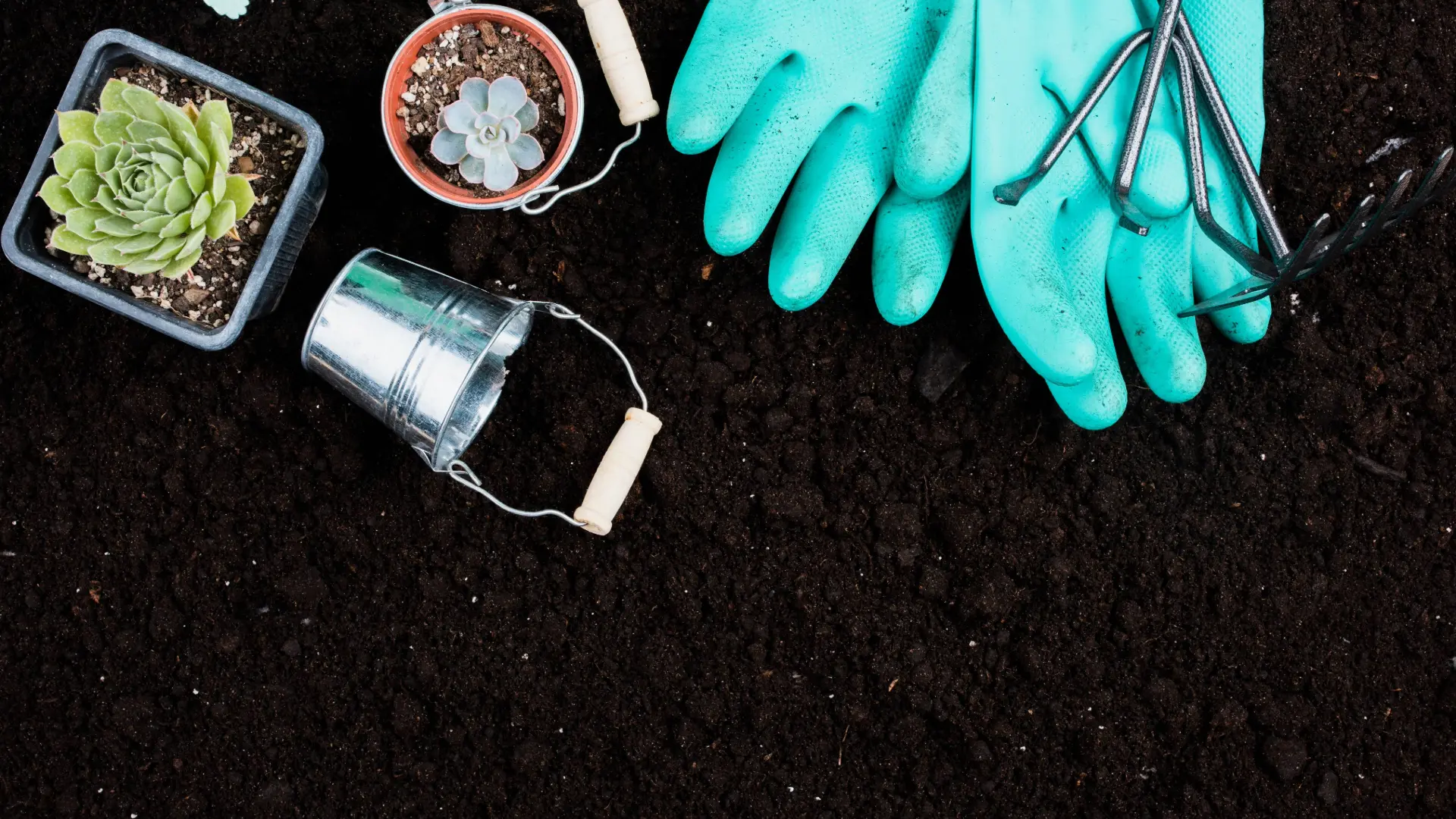
Soil Health & Fertilization
Gina Lazaarus
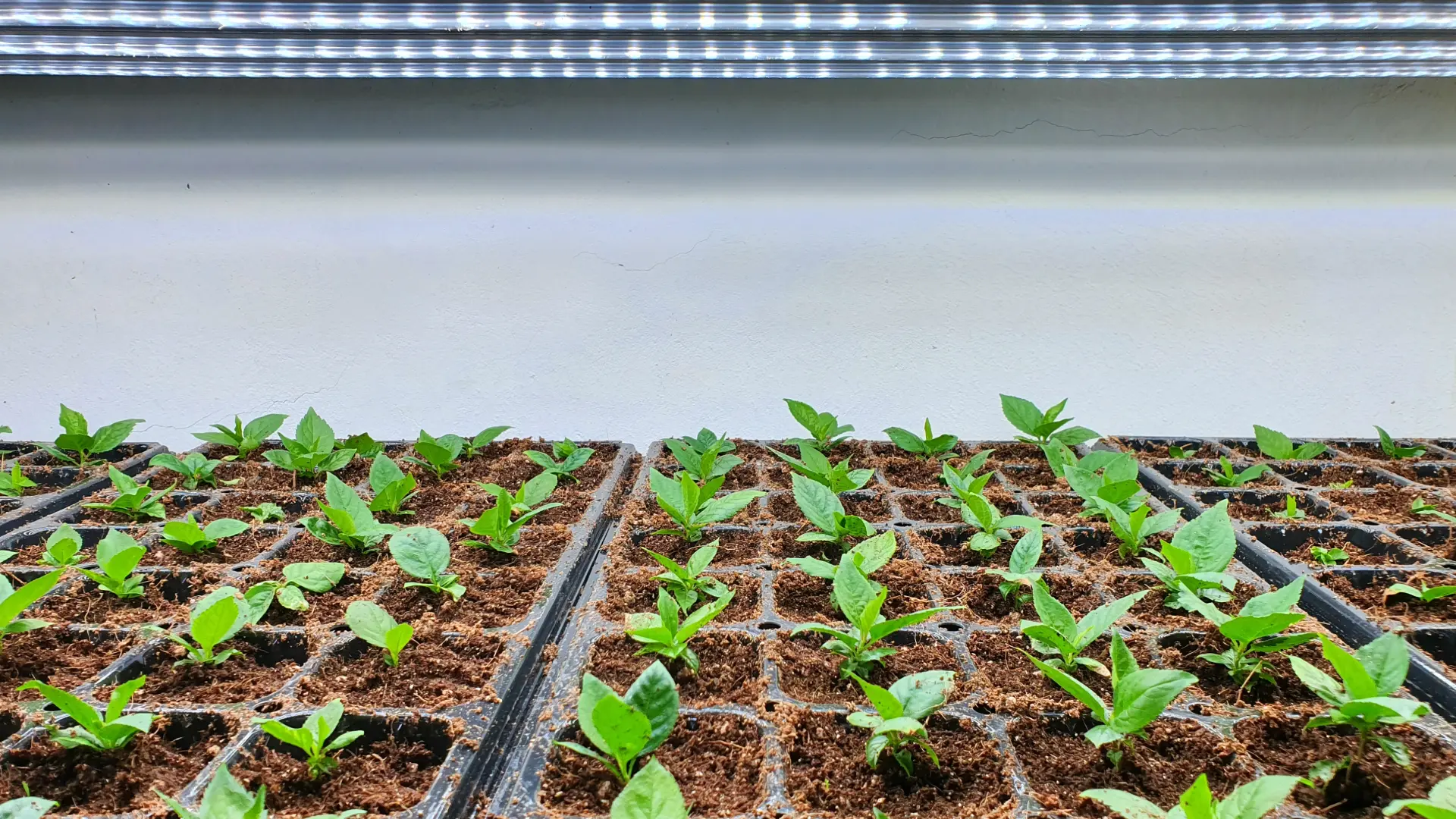
Lighting & Technique
Gina Lazaarus
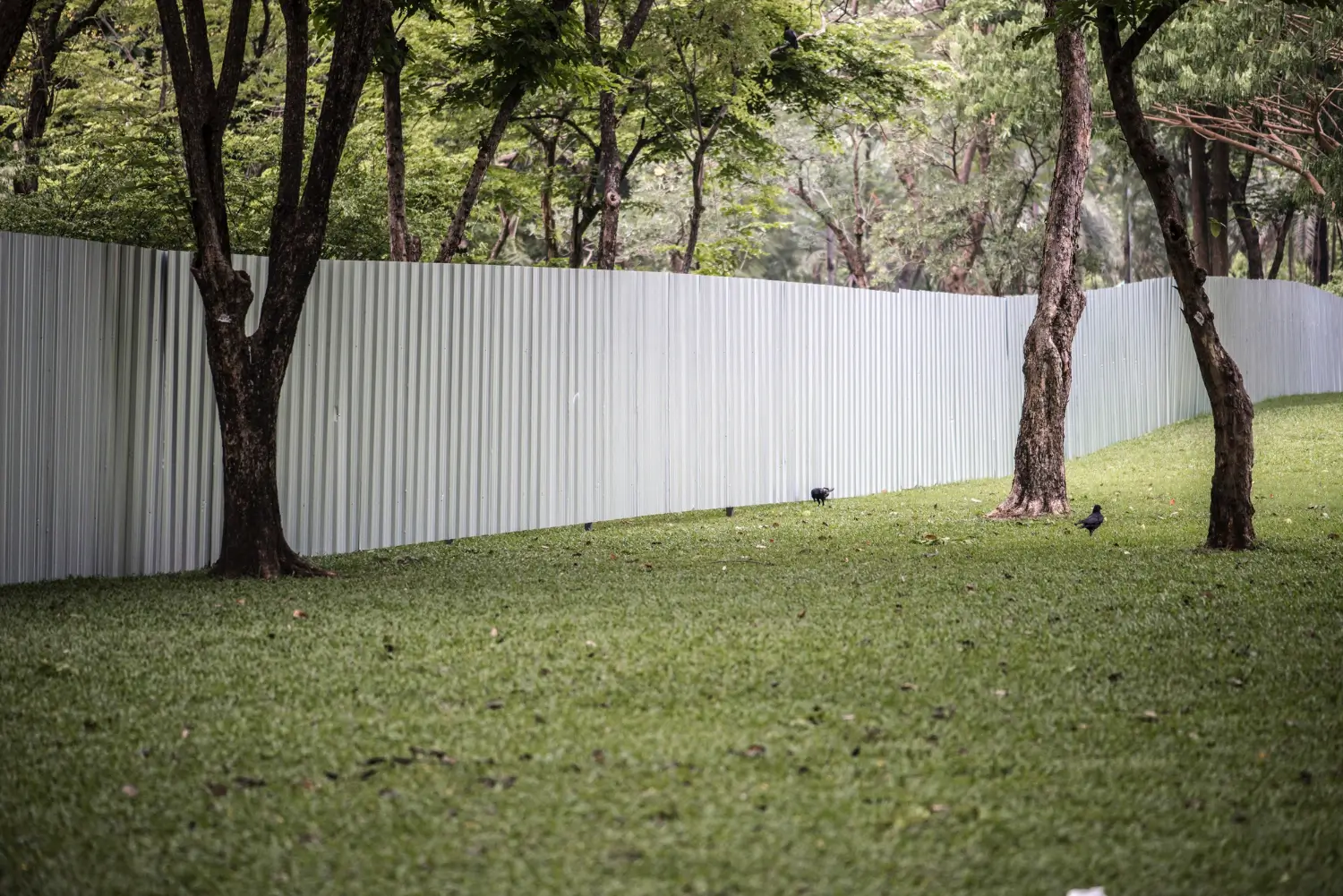
Construction Tips & Techniques
Victor Miller

Maintenance & Equipment Tips
Victor Miller

Soil Health & Fertilization
Victor Miller

Organic Gardening
Gina Lazaarus
My Account
Our team is always here to help.
We are open Monday - Friday, 9:00 AM to 4:30 PM PST.